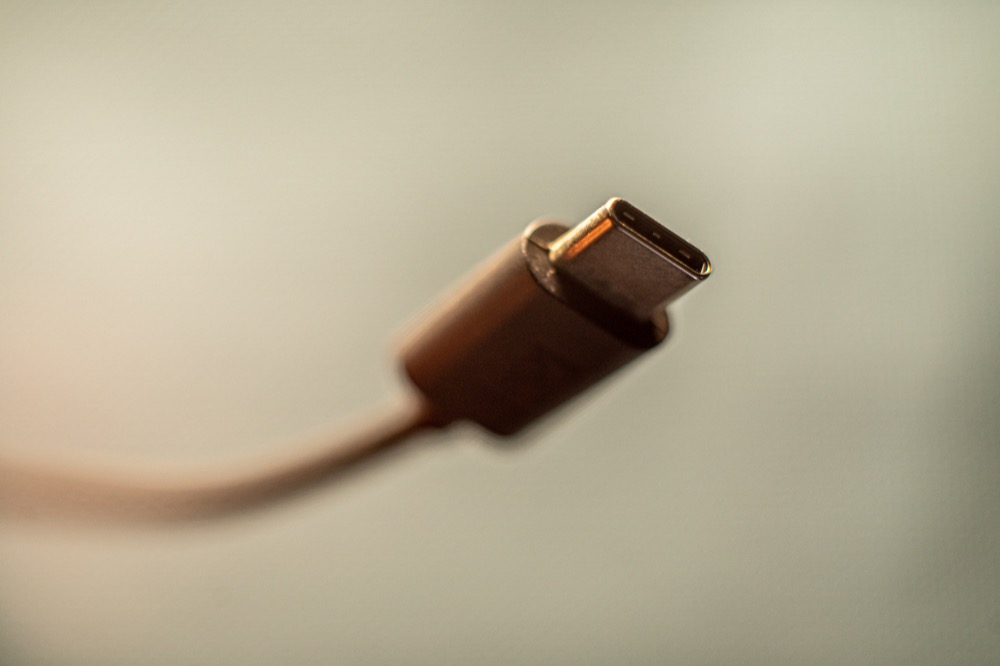What is USB 4 v.2.0 and why will you use it

New standard promises twice as much speed over the same cable
USB 4 version 2.0 is the next upcoming version of USB and promises to be the fastest version yet – and will support existing cables, which is a big deal.
Faster, better, same cable
The USB Promoter Group, which manages the standard, hasn’t yet published the technical specification for the standard, but it has revealed some interesting details. The group includes Apple Hewlett-Packard, Intel, Microsoft, Renesas Electronics Corporation, STMicroelectronics, and Texas Instruments.
“Once again following USB tradition, this updated USB4 specification doubles data performance to deliver higher levels of functionality to the USB Type-C ecosystem,” said Brad Saunders, USB Promoter Group Chairman. “Solutions seeing the most benefit from this speed enhancement include higher-performance displays, storage, and USB-based hubs and docks.”
Here’s some highlights:
- USB 4 version 2.0 will use the USB-C connector.
- It will support speeds up to 80Gbps.
- It will do so using existing40 Gbps USB Type-C passive cables and newly defined 80 Gbps USB Type-C active cables”
What this means is that if you buy a 40Gbps USB 4 cable today you’ll be able to keep using it, and it will work twice as fast. This suggests much faster interconnects between devices and accessories, and has positive implications for mobile devices on a broader basis.
eWaste savvy, backwards compatible too
It also echoes the times we are in, as understanding of the role accessories play in eWaste and climate change continues to grow. EU directives around use of a single type of cable are serious, as is the challenge those directives try to solve. How many billion old cables does the world need to put in landfill before it recognizes there may be a problem?
The USB 4 version 2.0 specification should also include updates that provide better speeds when you’re using USB 3.2 along with improved support for DisplayPort and PCIe.
Higher speed, backward compatibility, the ability to gain these enhancements using the same cable and better support for DisplayPort and PCIe should all be reason enough to begin using the new I/O. The only challenge is when it will be made available.
Given developers are only now beginning to kick the new standard around, that could be late next year or later, on previous form. Though it will be something Apple can begin introducing in its pro Mac range soon after the tech is approved.
Photo by Marcus Urbenz on Unsplash
Please follow me on Twitter, or join me in the AppleHolic’s bar & grill and Apple Discussions groups on MeWe.




